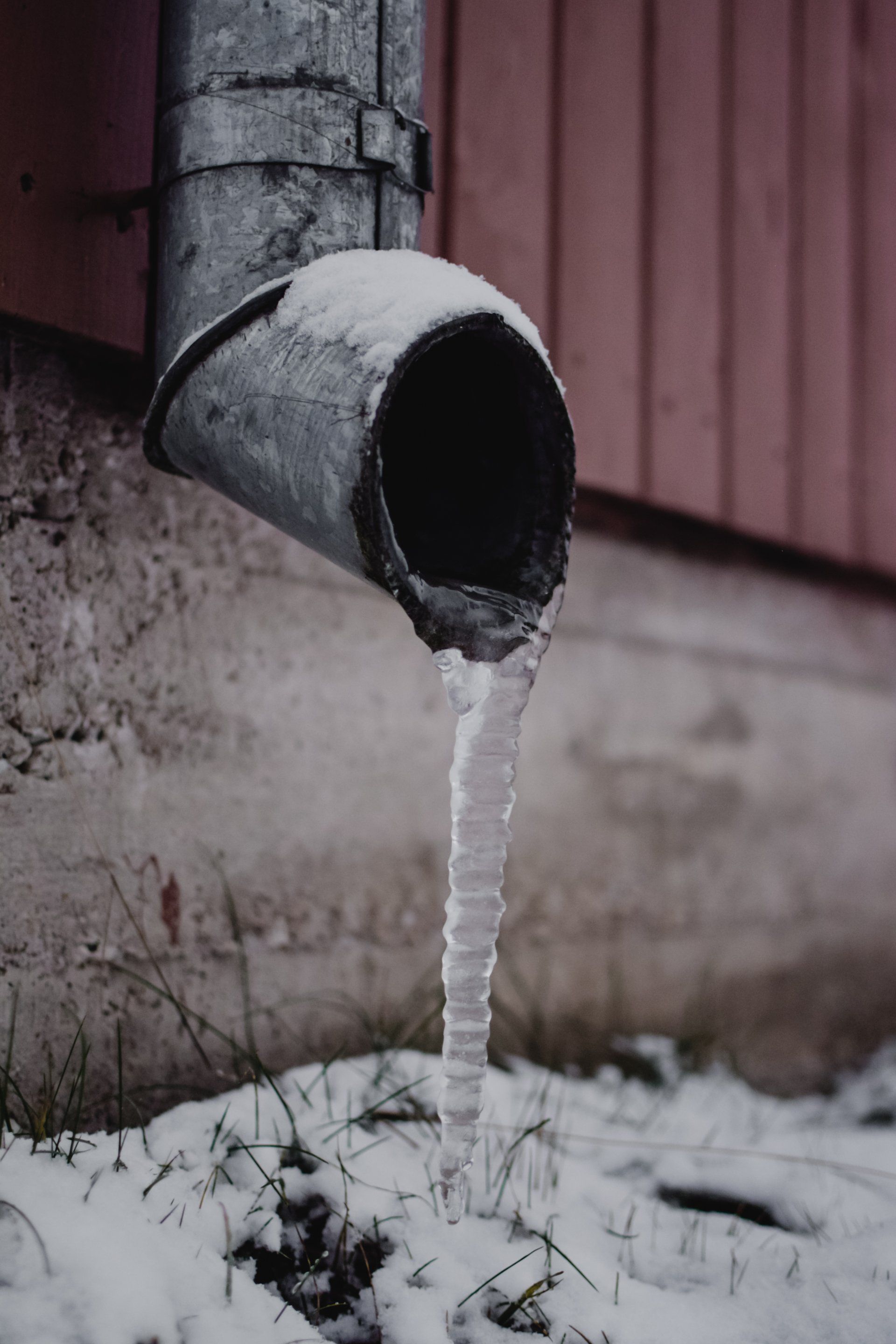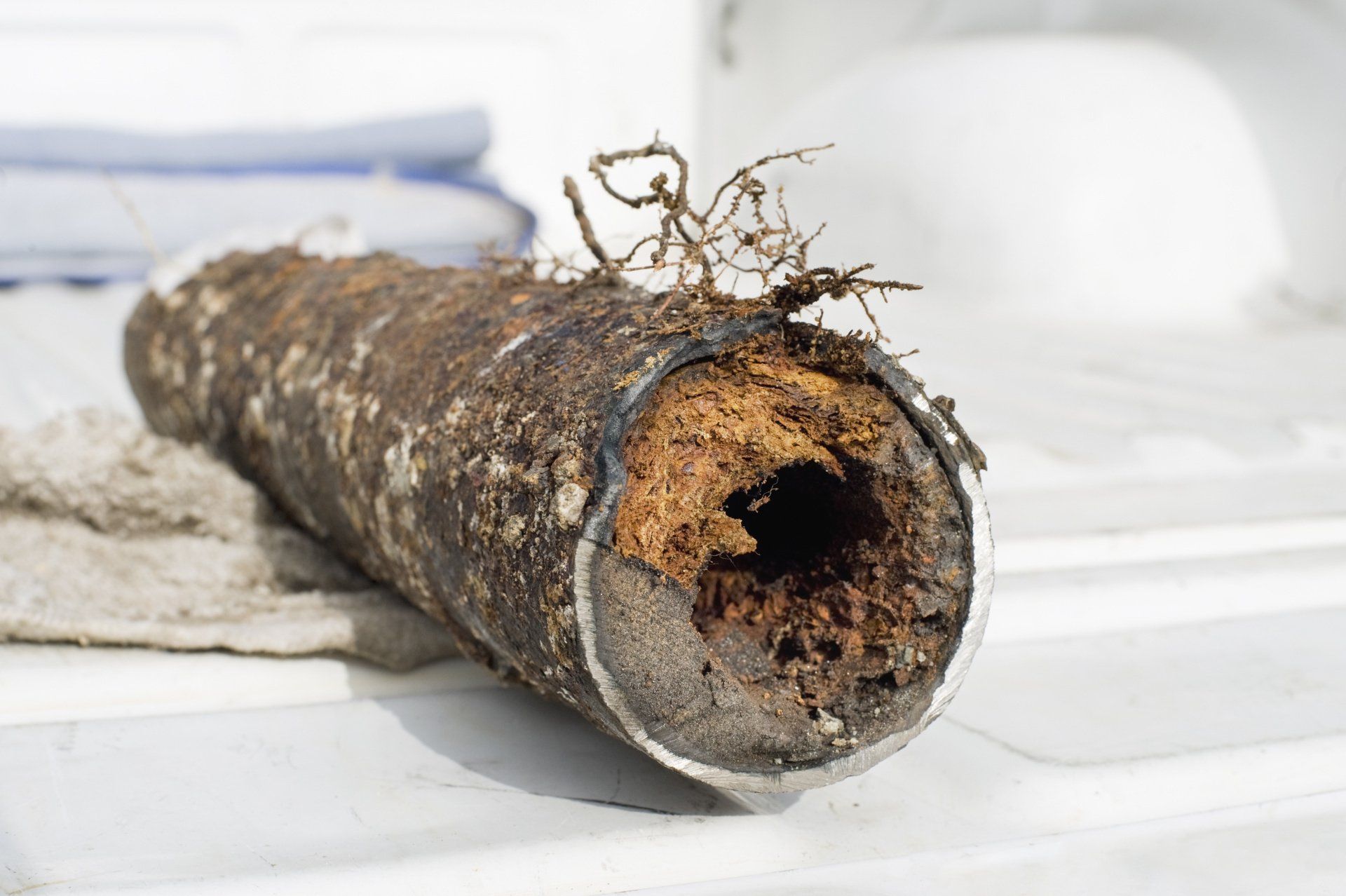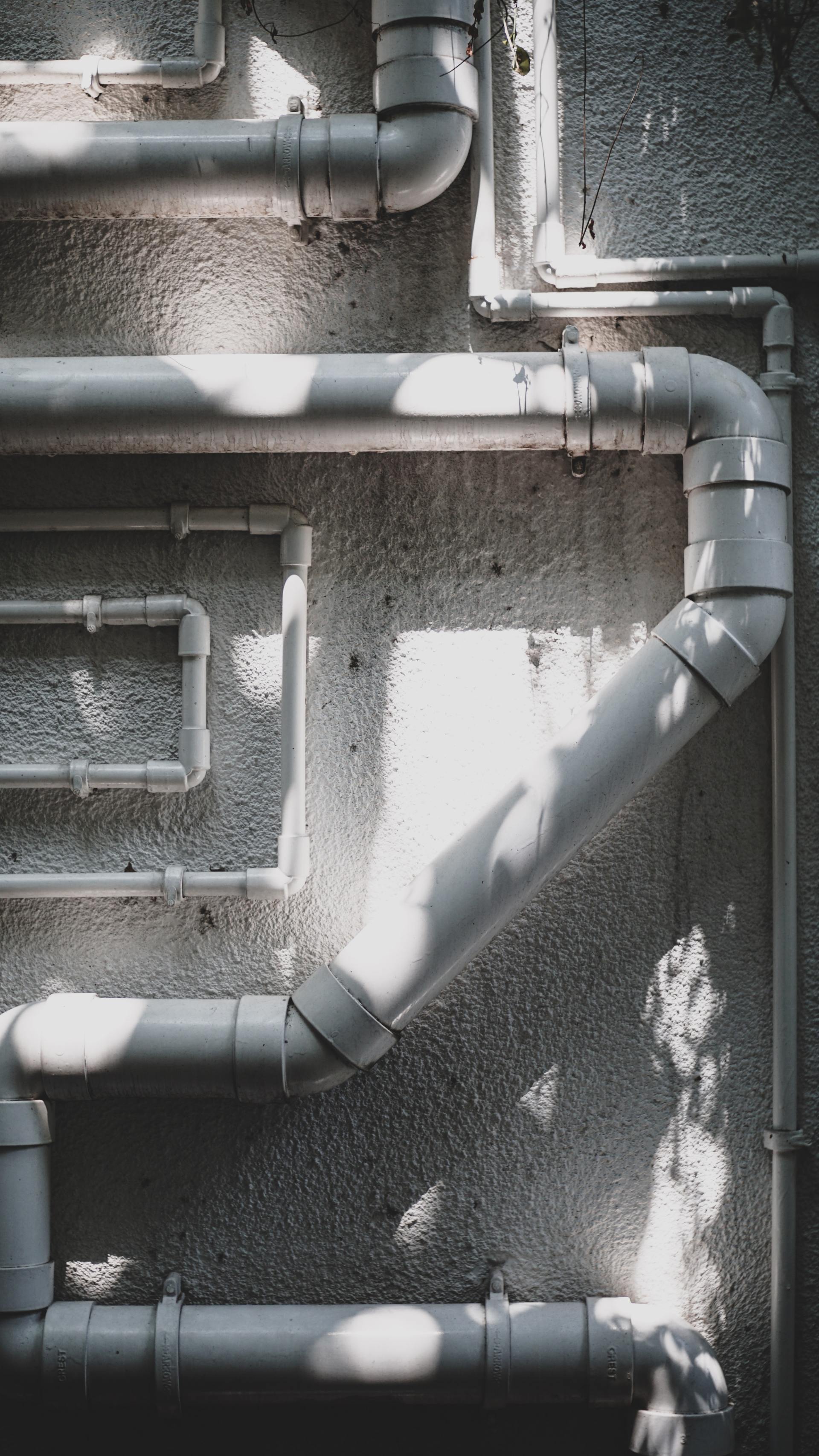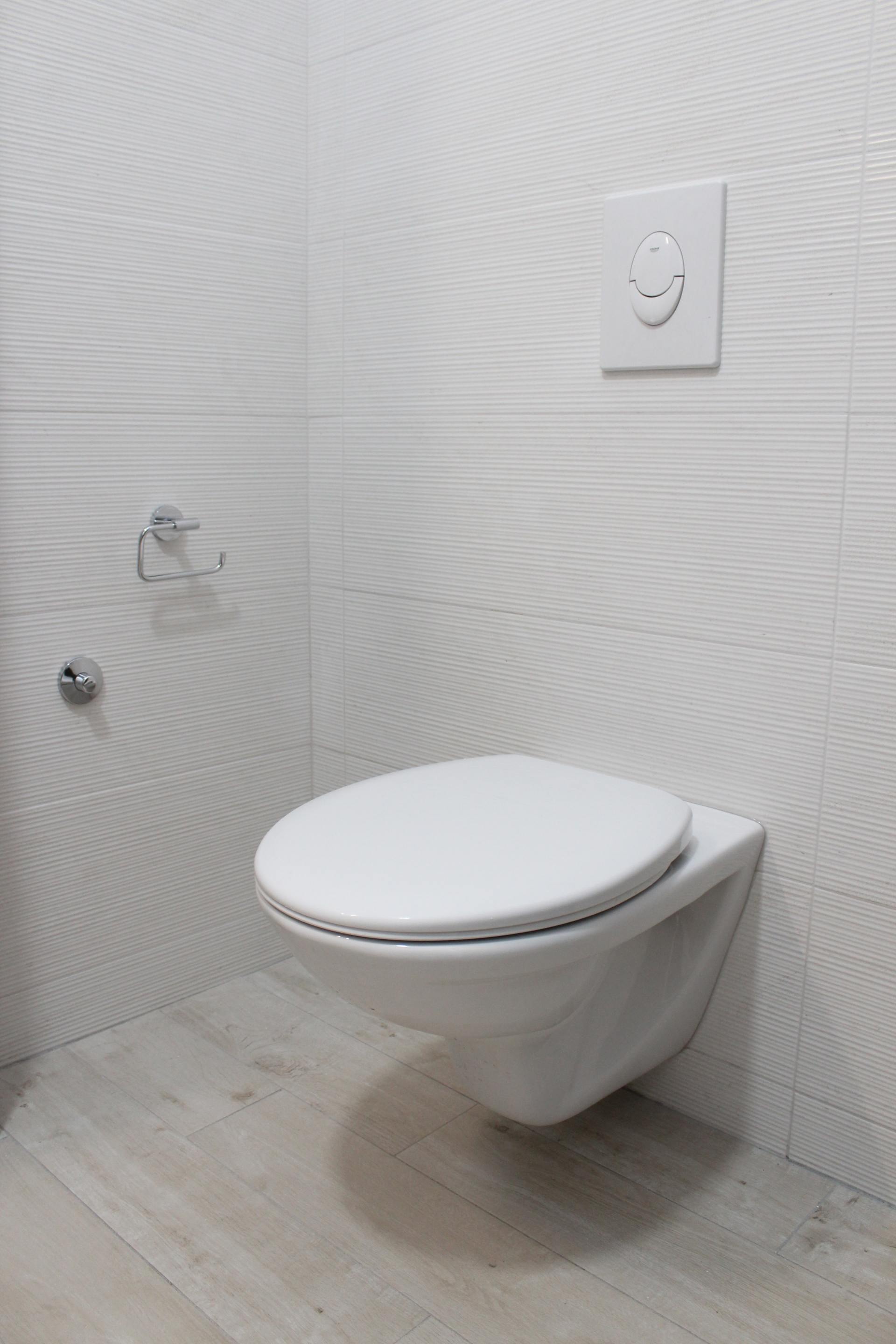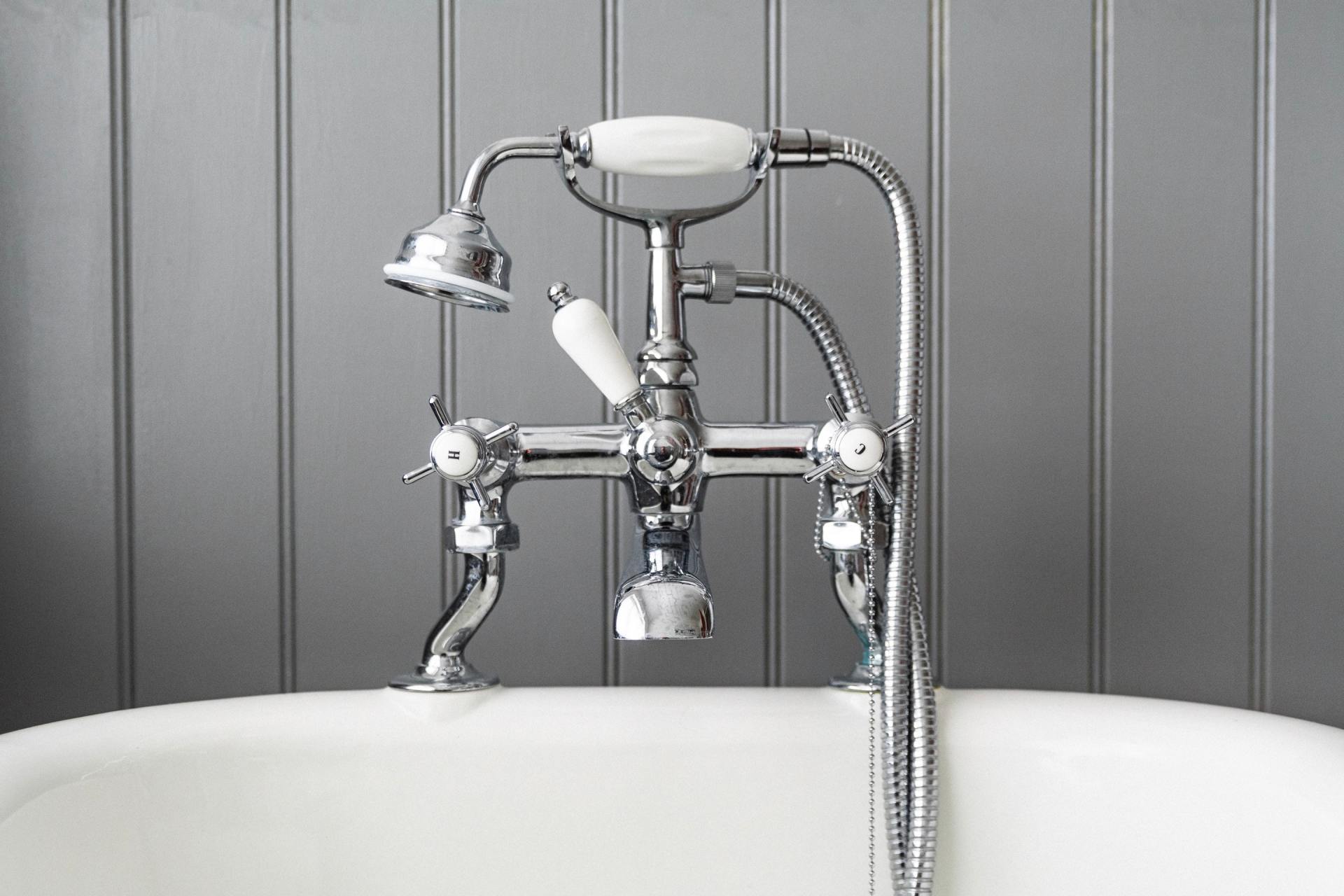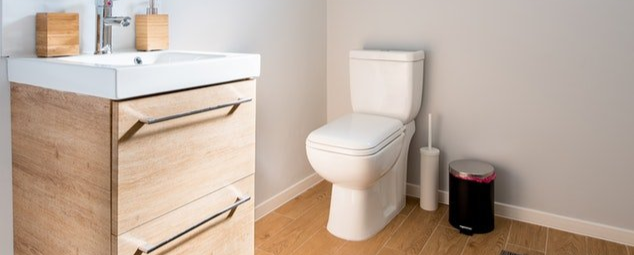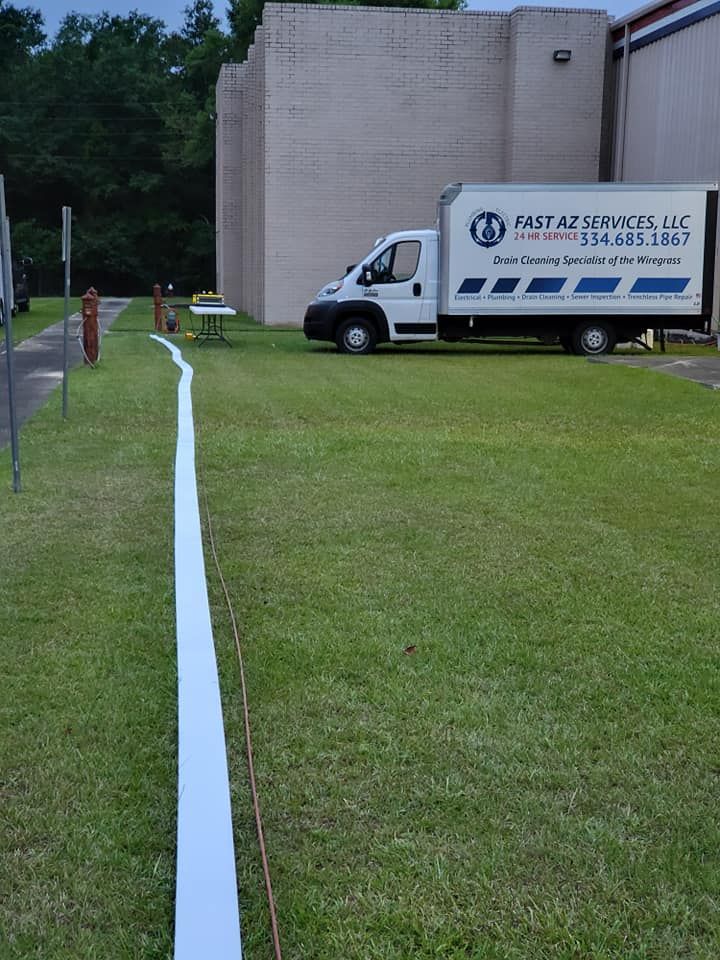3 Explanations for Toilet Hissing Noises - What to Know
Hissing toilet issues are more common than you should think. That being said, the fact that it is common doesn’t mean that it should be ignored. While the issue isn’t as bad as it might be in your head—no, there’s no snake inside your toilet tank—the fact remains that there is a problem that you should address.
When you hear a hissing sound from your toilet when you flush, it’s safe to assume that the flushing mechanism is malfunctioning in one way or another. Fortunately, this issue is quite easy to fix. You just need to know what to look for and what to do about it.
How a Toilet Flush Mechanism Works
To help you understand better, let’s take a quick look at the parts of the toilet flush system found inside the tank.
-
Flush valve - This valve opens up to release water that will push the waste down from the commode.
-
Flapper - This is connected to the bottom part of the flush valve. When the flush valve closes, the flapper blocks the draining hole to keep water from flowing from the tank.
-
Fill valve - This valve opens up to let fresh water to fill the tank. It has a float attached to it, which descends downwards when you flush. As the float goes down, the fill valve is unlocked and water is let through. As the float floats again, the valve is shut off, cutting the water flow.
The Reasons Behind the Hissing
Generally, toilet hissing stems from the fill valve failing to close off completely. This problem can affect other parts of the flushing system. Here are the issues you need to look at and how to solve them:
Debris stuck in the fill valve. Sometimes, debris and water sediments may accumulate and get stuck right at the fill valve’s mouth. As a result, it can’t fully shut off. Water continues to flow through the little opening, causing the sound.
What you can do is try to remove the fill valve cap, then clean and flush out any debris that may be trapped there. If the cap is damaged, it’s best to get a replacement.
A damaged float. As mentioned above, the float sends the signal to the fill valve that it’s time to close off. When the float is damaged, it can’t do its job. As a result, the fill valve fails to shut off completely.
To remedy this, examine the float and see if the damage is repairable. If it isn’t, have it replaced.
A damaged flapper. Similar to a damaged float, a damaged flapper can’t completely shut off the flush valve. Therefore, water from the tank keeps on being released to the commode. Because of this, the float descends, opening the fill valve slightly and allowing water into the tank.
Observe if water keeps on flowing to the commode. Then, try to see if you can check the flapper’s condition and see if it can be repaired or if a replacement is a better option.
If you’re still unsure what to check and how to do so, it’s best to call a professional plumberto check your toilet to ensure that damaged parts are properly repaired or replaced.
Fast Az Services is one of the most reputable home repair services in Alabama. Contact ustoday for any inquiries.
